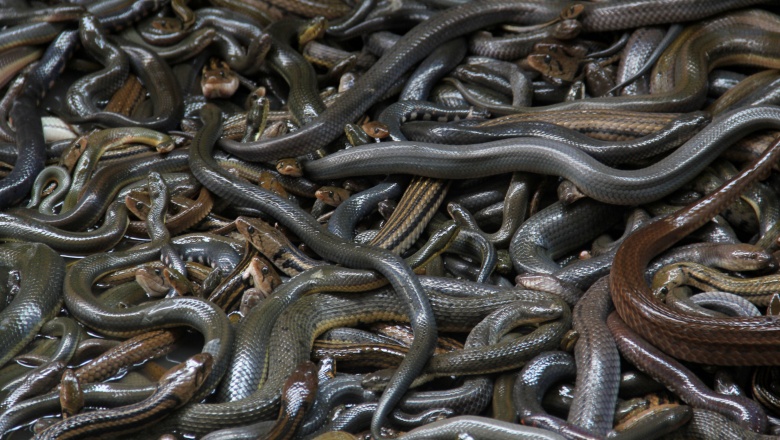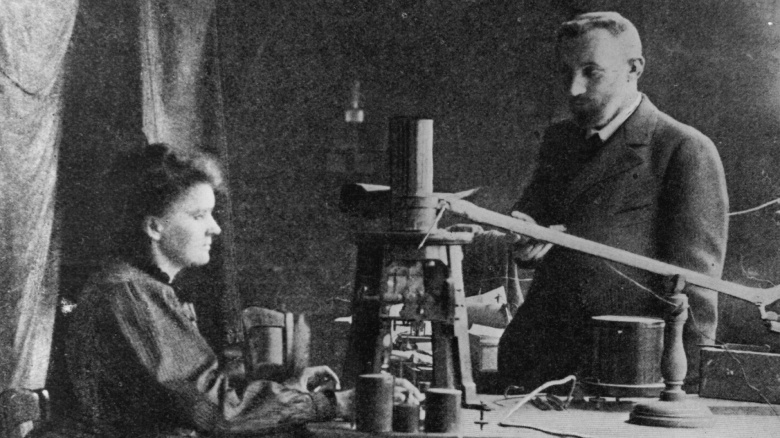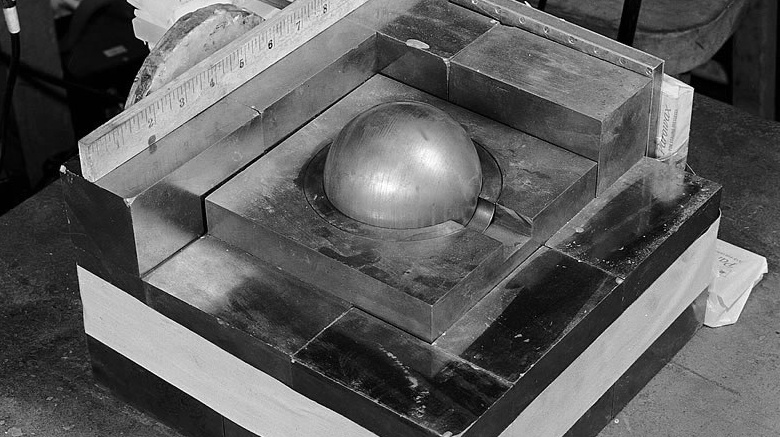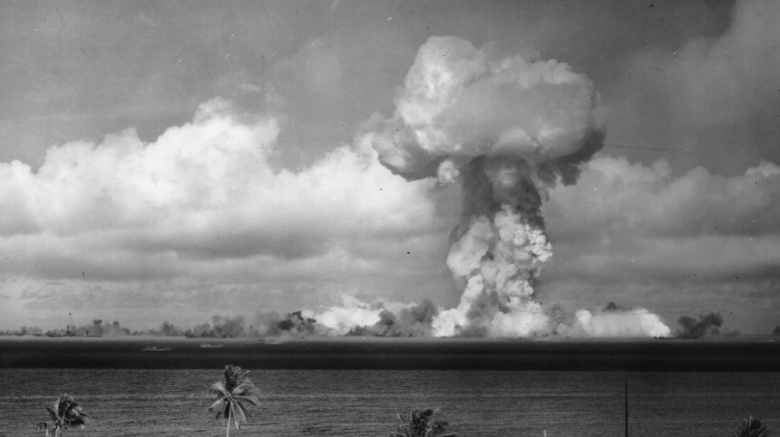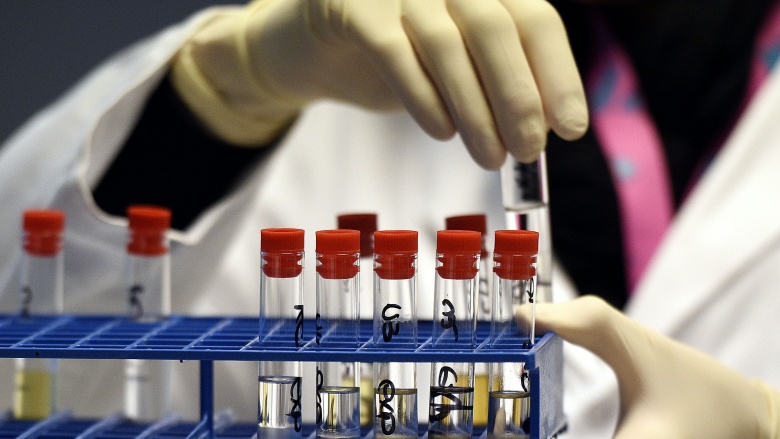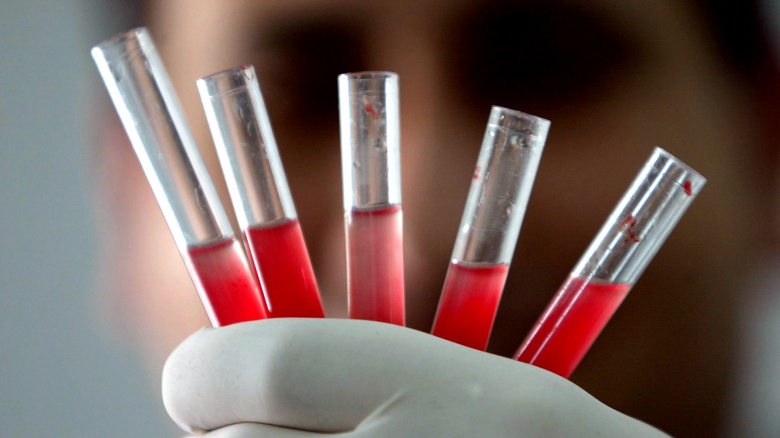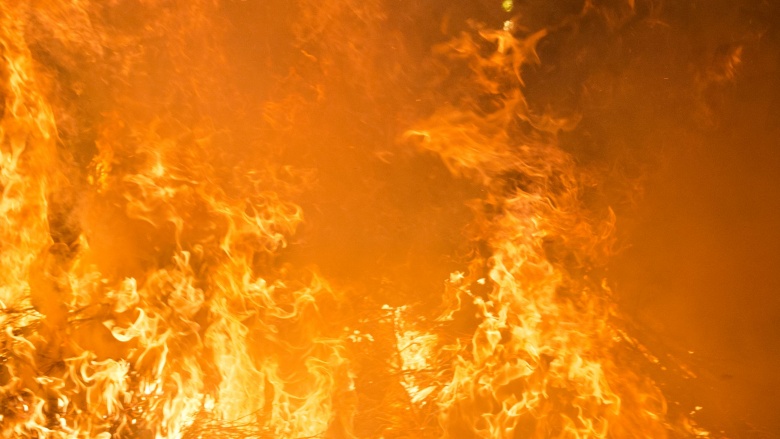Experiments That Went Way Wrong
Real science is terrifying. If you're not delicately transferring corrosive acids from one thin, glass beaker to another, you're probably shooting neutrons into plutonium cores or getting way too close to venomous octopodes. If you dedicate your life to science, you better be perfect at everything, be comfortable with death, or have really good life insurance. There are just as many amazing discoveries made by perfected scientific practices as there are ones made from terrible mistakes, so you're probably doing something right, alive or dead. Here are a few examples of science gone terribly wrong.
Karl P. Schmidt, herpetologist (1890-1957)
When the Lincoln Park Zoo in Chicago couldn't identify a snake that had come into their possession, they sent it to the Field Museum's resident herpetologist, Karl Schmidt. Unfortunately for Schmidt, the little serpent was a young boomslang, which promptly bit Schmidt and administered a deadly dose of venom as he was trying to study and classify it. He was injected with a slow-acting hemotoxin that causes your organs to slowly start bleeding out (ouch). Schmidt resigned himself to death, as boomslang antivenom wasn't readily available in 1957, and documented his own bloody demise over the course of a couple of days. He transcribed his experiences with internal bleeding and organ failure out in his final notes—that is dedication.
Carl Scheele, chemist (1742-1786)
The first unspoken rule of chemistry is not to eat everything you make, but Carl Scheele didn't get the memo. Scheele was studying chemistry at a time when oxygen was still being referred to as "fire air," so there are definitely some allowances to be made for his proclivities towards tasting all of his discoveries, but the all-day chemical buffet didn't fare too well on his health. Scheele discovered a number of elements on the Periodic Table, like oxygen, tungsten and barium, before he finally succumbed to a rapid succession of diseases associated with his untested and unsafe lab snacks.
Marie Curie, physicist and chemist (1867-1934)
Any list of deadly experiments would be remiss to not include the work of Nobel Prize winner Marie Curie, who died of radiation poisoning after prolonged exposure to radioactive materials during the course of her work. It's not as though her exposure to radioactivity was limited to the laboratory, however, since she was known to carry around radioactive materials in her pockets and was often exposed to unshielded X-rays as a technician. Her papers and possessions are still considered unsafe to touch due to the high levels of radioactivity they emit. We have a feeling she would've been a Fallout gamer in modern times.
Haroutune Krikor Daghlian, Jr., physicist (1921-1945)
When you're working with a subcritical plutonium core, you should probably take every precaution you humanly can to prevent that thing from going supercritical. During a relatively routine project at Los Alamos, Harry Daghlian accidentally dropped a ten pound tungsten carbide brick directly onto a volatile core. Even if you don't know science, you know that sounds like bad news. Unable to just move the heavy brick out of the way, Daghlian quickly took apart the assembly of bricks that shielded the core by hand, taking a lethal dose of radiation in the process, but ultimately saving the lives of many around him.
Louis Slotin, physicist and chemist (1910-1946)
After Daghlian's deadly accident, the same plutonium core remained in use at Los Alamos, where it became the catalyst for a second disaster. Louis Slotin was using a screwdriver instead of the usual lab-approved separators to keep the plutonium core separated from a hemisphere of beryllium, a material which would cause intense radiation should the two come in contact. The life-preserving screwdriver slipped, a burst of radiation exploded from the plutonium core, and Slotin immediately fell ill, dying nine days later. After this incident, the plutonium sphere was nicknamed the "demon core," and later used in an experimental nuclear detonation at the island of Bikini Atoll.
Anatoli Bugorski, physicist (1942-)
Finally, a scientific disaster that doesn't end in absolute tragedy. While working on the U-70 Synchrotron, a particle accelerator in Moscow, Anatoli Bugorski accidentally stuck his face with a high-energy proton beam, which is not as cool as Ghostbusters makes it look. While low-energy proton beams are sometimes used in cancer treatments, the beam that passed through Bugorski's head was many magnitudes greater than safe medical usage, causing half of his face to swell. Doctors expected Bugorski to die from radiation poisoning, but Bugorski survived after suffering hearing loss, facial paralysis, and multiple seizures. The story ends on a good note, as Bugorski was able to get his Ph.D. after the event.
Karen Wetterhahn, chemist (1948-1997)
Even when you're taking proper precautions, it's sometimes not enough to protect you from a scientific mishap. In 1997, Karen Wetterhahn unknowingly dropped two beads of dimethylmercury onto her latex-gloved hand, but made nothing of it until she started experiencing the symptoms of mercury poisoning a few weeks later. As it turns out, not all kinds of latex is impermeable to dimethylmercury, which was not known at the time of the accident. Wetterhahn finally passed away after many months of suffering, but the incident helped rewrite safety protocol, improve standards in protective equipment, and potentially save many other lives in the long run.
Alexander Bogdanov, physician (1873-1928)
Alexander Bogdanov's interests ranged from politics to philosophy and science, but it was his experiments with blood transfusions that ultimately caused his demise. Believing that blood from other people would increase his vitality and rejuvenate his body, Bogdanov began transfusing himself in 1924. According to his own studies and observations, it seemed to be working for him. Unfortunately, blood typing and testing wasn't really involved in Bogdanov's process. After transfusing blood contaminated with both tuberculosis and malaria into himself, Bogdanov passed away from this fatal concoction.
Sheharbano Sangji, chemistry student (1985-2009)
Tragedy struck UCLA in late 2008, when student Sheri Sangji accidentally spilled a highly pyrophoric chemical, igniting a fire that would ultimately end her life. While science usually thrives on experimentation and breaking boundaries, most of the incident's aftermath has centered around ensuing lawsuits. According to litigation, Sangji was allegedly never briefed on proper lab procedures or issued the proper equipment by her professor, who was accused of felonious negligence. We're not sure who was at fault, but at the very least, students and professors are now extremely aware of the consequences of unpreparedness and how dangerous certain combustible chemicals can be.

